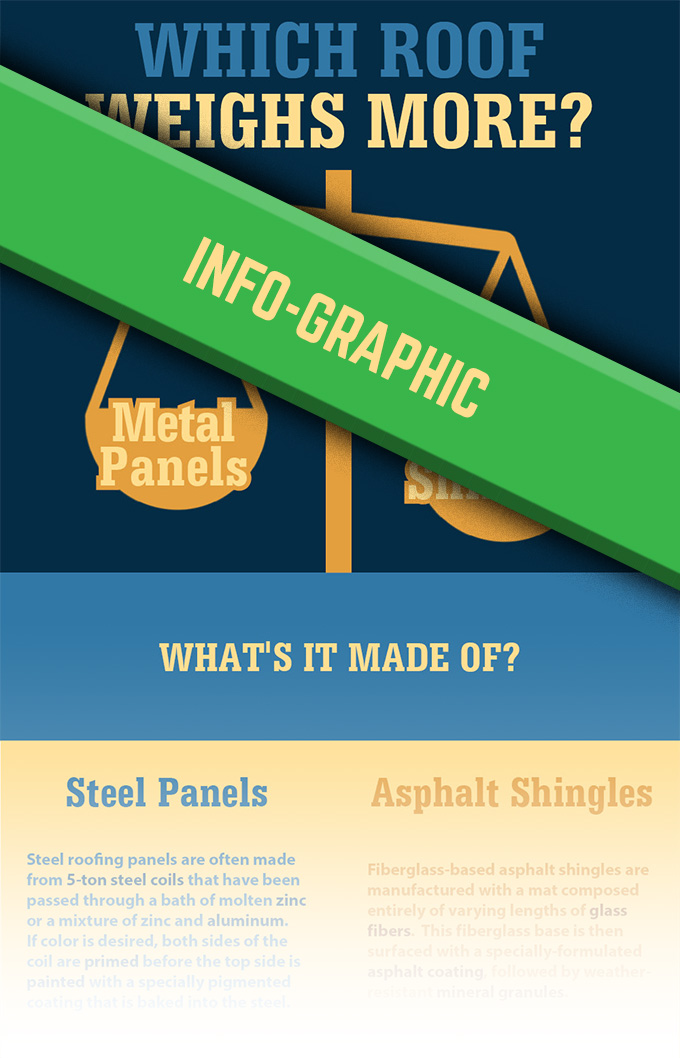A Newbie'S Guide To Recognizing Solar Panel Innovation And Just How It Functions
A Newbie'S Guide To Recognizing Solar Panel Innovation And Just How It Functions
Blog Article
Team Writer-Morin Erickson
So, you've found out about solar panels and their prospective to create electrical energy from sunlight, but exactly how precisely do they function? Recognizing the intricate innovation behind photovoltaic panels can be an interesting trip into the globe of renewable resource. From the basic concepts of photovoltaic cells to the elaborate parts that compose a solar panel system, there's a whole world of expertise waiting to be discovered. Allow's untangle the secrets of solar panel modern technology with each other.
Photovoltaic Panel Technology Principles
To genuinely understand the essence of photovoltaic panel innovation, you need to look into the essential concepts that underpin its performance. Photovoltaic panel include solar batteries, typically made from silicon, which have the impressive ability to convert sunshine into electrical power through the solar impact. When sunshine strikes the cells, the photons in the light interact with the silicon atoms, causing the electrons to break free from their atomic bonds. This creates an electrical current that can after that be utilized for powering various gadgets.
The crucial part of photovoltaic panels is the semiconductors within the photovoltaic cells, which facilitate the conversion of sunshine right into useful power. These semiconductors have both positive and negative layers, creating an electric area that permits the flow of electrons.
This flow of electrons, when linked in a circuit, produces straight present (DC) power. Comprehending these standard concepts is important for appreciating how solar panels can harness the sun's power to power homes, organizations, and even satellites in space.
Just How Solar Panels Generate Electricity
Photovoltaic panel harness the sunlight's power by transforming sunshine right into electrical energy through a process known as the solar result. When click web page hits the solar panels, the photons (light fragments) are absorbed by the semiconducting materials within the panels, usually made from silicon. This absorption generates an electrical current as the photons knock electrons loose from the atoms within the product.
https://zionbcpyh.luwebs.com/32938406/uncover-the-methods-for-an-effective-diy-solar-panel-installation-with-our-extensive-guide-and-bear-in-mind-the-usual-errors-that-can-sustain-extra-charges within the solar batteries after that compel these electrons to stream in a details instructions, creating a straight current (DC) of electrical power. This direct current is then gone through an inverter, which transforms it into alternating existing (AIR CONDITIONER) electrical energy that can be made use of to power your home or organization.
Excess power created by the solar panels can be kept in batteries for later usage or fed back right into the grid for credit history with a procedure called web metering. Comprehending exactly how https://solar-panel-voltage-and-c32197.blogs100.com/32769759/evaluating-the-viability-of-your-home-for-solar-panel-setup create electrical power is important to valuing the ecological and cost-saving benefits of solar energy systems.
Comprehending Photovoltaic Panel Components
One vital facet of photovoltaic panel modern technology is understanding the numerous parts that make up a solar panel system.
The crucial parts of a solar panel system consist of the solar panels themselves, which are composed of solar batteries that convert sunlight right into electrical power. These panels are installed on a framework, typically a roofing system, to capture sunlight.
Along with the panels, there are inverters that transform the direct present (DC) electrical energy produced by the panels right into alternating current (A/C) electrical power that can be used in homes or businesses.
The system additionally consists of racking to sustain and position the photovoltaic panels for ideal sunshine direct exposure. Additionally, wires and adapters are vital for transferring the electrical power created by the panels to the electrical system of a building.
Last but not least, a tracking system may be included to track the efficiency of the photovoltaic panel system and ensure it's functioning efficiently. Comprehending these parts is important for anyone aiming to mount or make use of photovoltaic panel technology effectively.
Conclusion
Now that you understand the basics of solar panel technology and exactly how it works, you can appreciate the power of taking advantage of sunlight to generate clean and renewable resource for your structure. By making use of the photovoltaic impact and components like inverters and keeping track of systems, you can add to an extra lasting future while also potentially saving on energy costs. Maintain discovering and checking out the opportunities of solar energy for a greener tomorrow.
